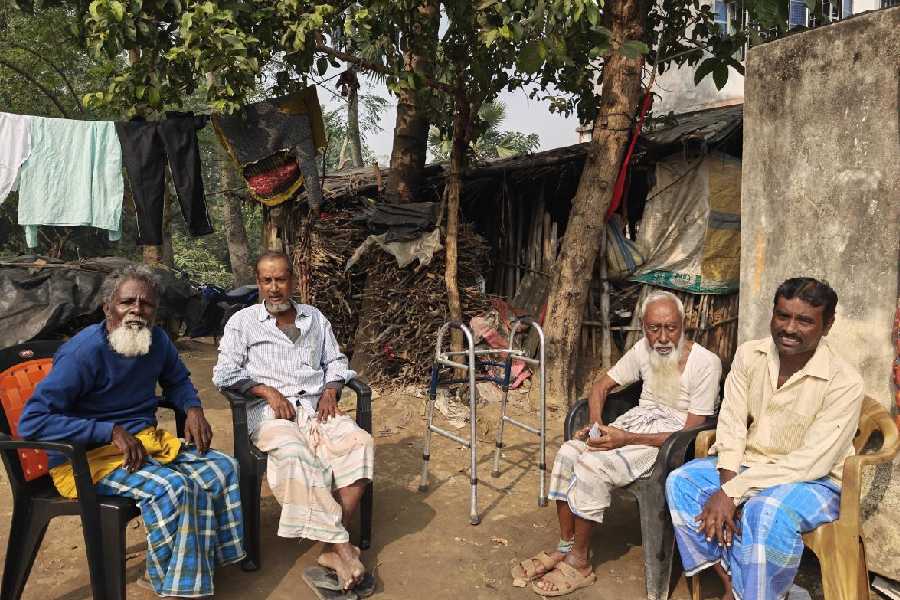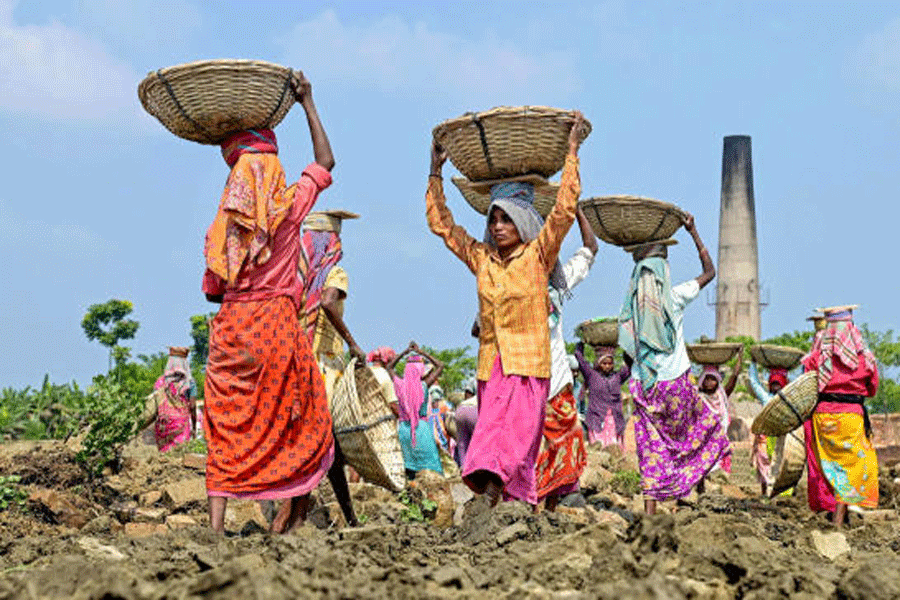Stories of human struggles cannot be separated from the curriculum and classroom debates. Significant political movements not only provide rich historical content but also offer diverse perspectives for students. The death of George Floyd, a 46-year-old black American, caused a social storm, resulting in a more diverse curriculum in hundreds of schools. Floyd was charged with paying for a pack of cigarettes with a counterfeit $20 bill. Officers from the Minneapolis Police Department rushed over, one of them, Derek Chauvin, pinned Floyd down on the ground and put his knee over the latter’s neck. Floyd cried out that he could not breathe but the officer did not move; Floyd eventually passed away.
The video footage shook groups and individuals across the globe. Sensing this to be an important teaching moment, two teachers from Greater Manchester decided to start a debate. One of the teachers had Caribbean roots and the other was of South Asian descent. Thousands of other teachers and parents joined the call for a diverse curriculum as they could relate to the incident. The teachers’ voices turned into a nationwide movement to make the school curriculum diverse, celebrating the contributions of the Africans, Asians and other minority groups. Nearly 2,000 schools have adopted a diverse curriculum in the UK. Some schools are conducting teacher training on race and ethnicity to sensitize staff and renaming organizations after personalities belonging to minority groups.
The majority of educational institutions in the world have, at some time or the other, discriminated against marginalized groups. Even the selection of children to represent schools can carry a cultural bias. The selective preference of race, colour, ethnicity, religion, language and gender can be found in textbooks, employment of staff and other activities.
What schools of the UK are doing is a welcome move.Nepal revised its school curriculum after 10 years of the People’s War to make it more inclusive. During the 240 years of monarchy in Nepal, every textbook had to carry pictures of the royal family members on the first page after the cover. Even the content of the social science and language textbooks had a section talking about the glory of the royalty. Rwanda also revised its school curriculum after losing more than eight lakh people in the genocide of 1994. Rwandan parents aspire to prepare generations of critical thinkers to avoid such mass slaughters. School is where young students can envisage a future world of their choice.
In India, school curricula and textbooks keep changing with shifts in political power. The primary motive behind the exercise is to curate what students learn. In Rajasthan, school textbooks have been changed three times in the last 12 years. There may be a disagreement on what to teach and what not to teach but the process should be one of addition rather than replacement of critical bits of history. Ultimately, young students have to take a call on the kind of world they want to live in. Work is being carried out on forming a national curriculum framework for India this year. We have an opportunity to make classrooms more inclusive and vibrant for a cohesive society. Malcolm X correctly said that “education is the passport to the future, for tomorrow belongs to those who prepare for it today”.
With the pandemic leading to school closures, a healthy debate has been initiated on how to teach. Online teaching methods may be relevant during school closures, but it can only teach students the bare essentials when it comes to equipping them for the future. The diversity of perspectives that comes with physical classes makes the learning environment rich and glorious in a real sense. If schools in the UK can have a wider canvas for curricular items, other countries can do so too.










